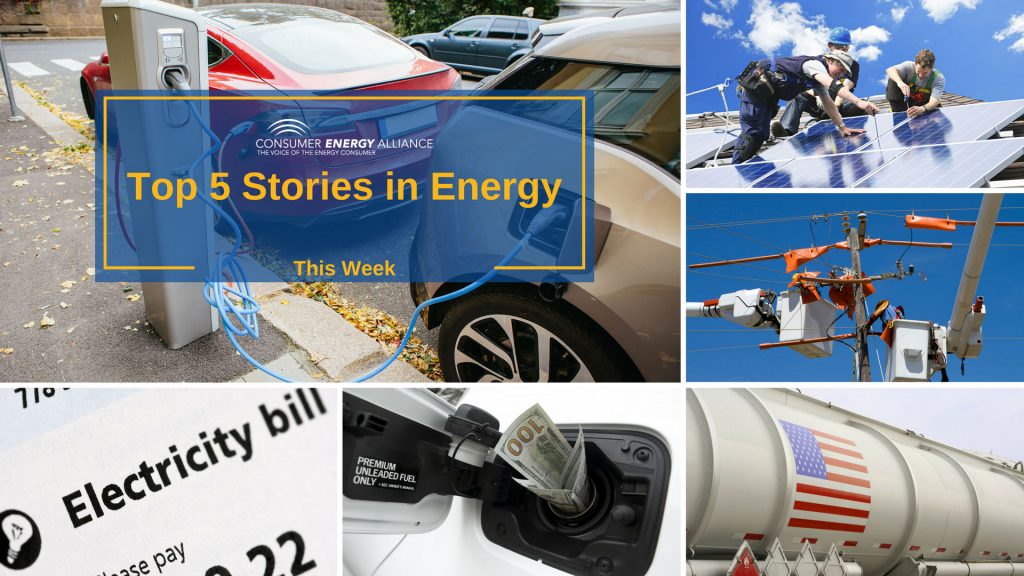Regular news this week brought us a lot of joy: Burger King has rerouted its marketing to show off their new recipe, the Democratic debates could easily pass for a new reality series, and celebrities rallied around a 9-year-old being bullied for dwarfism. However, our true happiness comes from headlines in the energy sector, which we conveniently listed for you below! Don’t forget to check out last week’s stories here.
Next up on the list of upcoming renewable energy sources is…
Manure! That’s right. Smithfield Foods, Inc. is trying to reduce its greenhouse gas emissions 25% by the year 2025. They’ve decided to invest in manure-to-energy projects to complete that goal. There are roughly five projects implemented in Northern Missouri, utilizing hog manure to produce renewable energy gas. Pork Business excretes the rest of the details here.
Learning the difference between a million and a billion is ‘mind-boggling.’
As we continue to see more government administrations and political candidates touting clean energy deals, wrapping your head around the cost of these implementations can wear you out. From the CLCPA out of New York to the EMP out of New Jersey, most Americans struggle to understand how far a million dollars will go, let alone a billion dollars. Buzzfeed shares some great visual examples here.
Flying cars may still be a phenomenon of the future, but pulling electricity out of thin air is not.
While we continue to move toward wind and solar energies, the critical issue both of these energy sources face is lack of consistency. Scientists at the University of Massachusetts Amherst, however, have discovered that common bacteria seem to pull electricity out of thin air, which could close the gap of consistency that wind and solar suffer. Popular Science denotes how far we are from this potential solution here.
U.S. Solar Energy jobs are on the rise, just not in the states you might expect.
As we know, California continues to lead the way in providing 40% of the solar industry’s jobs. Following up is the Sunshine State (Florida), but there are several other states on the east coast and in the Midwest that land in the top 10. Forbes shares the infographic here.
Ohio State University researchers have found a way to transform sunlight into hydrogen.
Scientists from Ohio State University have created a molecule that can both absorb sunlight and act as a catalyst to convert solar energy into hydrogen. As a comparison, current solar cells harness 50% less power than these human-made molecules. Fuel Cells Works lays out the study and findings here.
